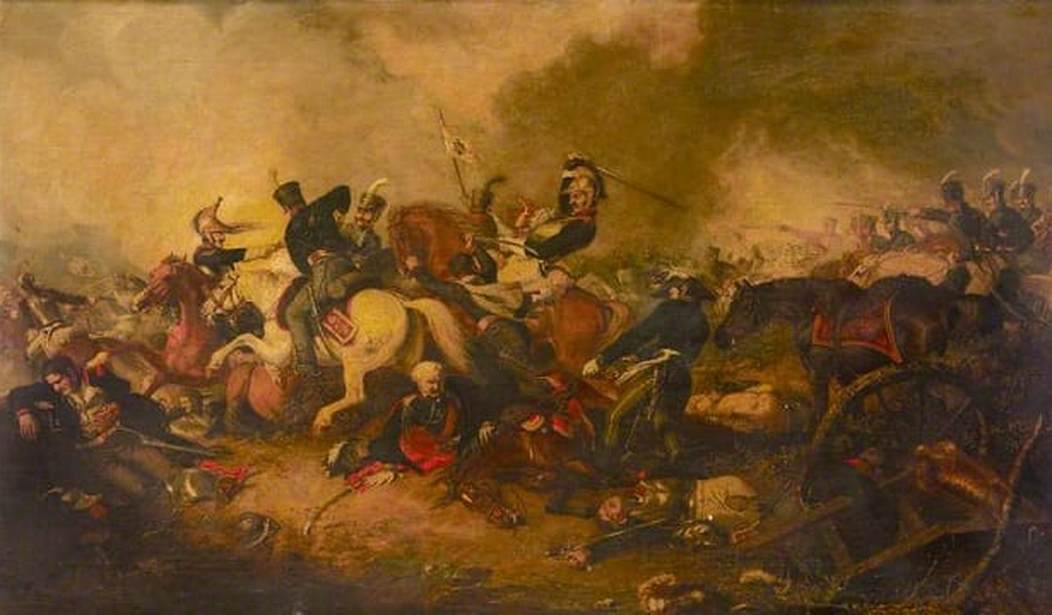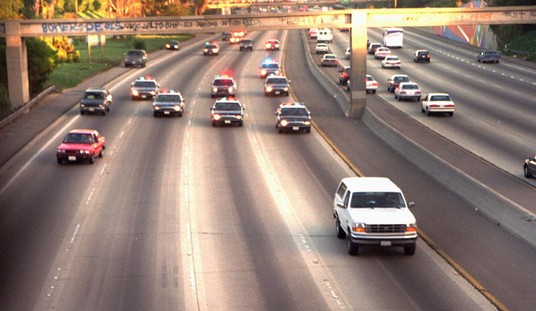Napoleon returned from exile on Elba (able was I ere I saw Elba, right?) on March 1, 1815 and by March 19, the corrupt and inept regime of the Bourbons had decamped for greener pasture. This set up a period of history called The Hundred Days, the period of time between Napoleon’s return to power until he decided to take an extended vacation in the South Atlantic.
His return to power meant war was inevitable. The Seventh Coalition was formed (Britain, Russia, Prussia, Sweden, Switzerland, Austria, the Netherlands and a number of German states) and they pledged to not negotiate with Napoleon independently of each other and to remove him from power. Both sides proceeded to mobilize.
Napoleon was faced with a strategic choice. He could attack while the Allies were dispersed and unprepared or he could fight defensively centered on the fortress complexes around Paris and Lyon. Napoleon elected to attack.
On June 15, 1815 he crossed the Belgian frontier near Charleroi placing himself between the British army under Wellington and the Prussian army under Blücher.(Sorry, I couldn’t resist)
Wellington hesitated. He’d expected Napoleon to march on Mons and attempt to get between the British Army and the Channel ports. Just before midnight on June 15, Wellington felt sufficiently secure in his belief that Charleroi, not Mons, was the true axis of advance to order his widely dispersed regiments to assemble on the crossroads at Quatre Bras.
Napoleon’s intent was to use his central position to defeat the Prussians while preventing Wellington from reinforcing them and then turn on Wellington and crush him.
Quatre Bras
Skirmishing began around the crossroads around 5am when a squadron of Polish lancers (fighting for Napoleon) stumbled upon a infantry and artillery unit from the Netherlands and the German principality of Nassau.
The real battle began with the French attack around 2pm when Marshal Ney massed a battery of 22 guns and started bombarding the Dutch/Nassau positions. The French outnumbered the Nassauers by about 3 : 1 and drove them away from the crossroads.
Around 3pm, two Allied divisions arrived on the scene, a British infantry division under Sir Thomas Picton and a Duch cavalry division. They were thrown into the the fight and stopped the French advance.
More allied units began arriving, Ney, usually a superstar, was not only having a bad day but he received seemingly contradictory orders from Napoleon. By 9pm, whatever chance Ney had of salvaging the situation disappeared when Wellington arrived on the scene with a fresh division and the battle spluttered to a halt leaving Wellington in possession of the crossroads.
Ligny
While Ney was keeping Wellington and the Dutch/Nassau forces amused, Napoleon was attempting a knockout blow against the Prussians. The Napoleonic era Prussians were not Frederick the Great’s Prussians… though some of the generals literally were. Napoleon didn’t hold them in high regard but there were over 80,000 of them and that counts for something.
Napoleon delayed his attack until about 2:30pm when he heard cannon fire coming from the direction of Quatre Bras, and thus knew that his left flank was secure. The delay, caused by Ney’s inexplicable lack of energy, reduced the amount of time Napoleon had to secure a victory.
Napoleon began the attack with a cannonade and an infantry corps that drove the Prussians out of the hamlet of Saint-Amand-la-Haye. This threatened to unhinge Blücher’s right flank. Blücher threw reinforcements to stabilize the situation and was successful. Around 3pm, the French attacked the Prussians in the town of Ligny and despite heavy Prussian artillery fire succeeded in taking the town. The French Corps in Ligny was surrounded on three sides and taking heavy casualties and a Prussian attack drove the French out of the town.
Around 5pm, Napoleon received a report of some 30,000 enemy troops advancing on his flank. This was disconcerting. An hour and a half earlier he had detached d’Erlon’s corps from Ney to attack the Prussian right rear. This was the mystery force reported as enemy. Ney didn’t know d’Erlon had been detached and sent orders to d’Erlon to march on Quatre Bras. Only a few kilometers from falling on the Prussians, d’Erlon turn about and obeyed Ney. He arrived at Quatre Bras too late to take part. His corps missed two battles.
Blücher received a message from Wellington around 7pm saying that he was heavily engaged and would not be able to render assistance. Blücher decided to launch his own attack to force a decision. It didn’t go well and as the Prussian attack recoiled, Napoleon launched his attack using the Old Guard. Blücher was unhorsed and knocked unconscious and the Prussians began a retreat.
Outcome
The day ended with Napoleon’s army concentrated around Ligny, the Prussians in retreat and Wellington holding Quatre Bras. On the whole, if you were a betting man you’d have to say Napoleon was the favorite in the next round.
















Join the conversation as a VIP Member